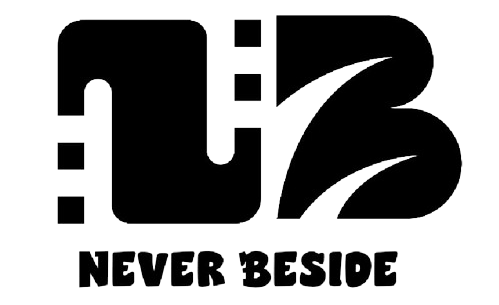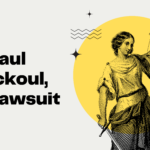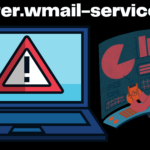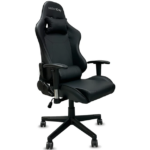Avoid Electrical Hazards: The Dos And Don’ts Of Using Extension Cords

Extension cords are of great help in offering access to outlets when the power is needed in places far from the wall outlets. However, their misuse is what will cause electrical hazards, putting you and your property at risk. Safe and proper usage of extension cords can only be done when one understands the dos and don’ts of how to handle them.
This article outlines critical guidelines on the use of extension cords and key hazards of use to be avoided.
THE DOS OF EXTENSION CORD USE
- Use Extension Cords Appropriately
First and foremost, extension cords should strictly be used for temporary cases. They were never intended to substitute for permanent household wiring. Extension cords should only be used when one needs to temporarily access an outlet, probably until a new permanent outlet is installed. They should only be used when there is an occasional need for power access instead of constant power use. Additionally, consider investing in a 220 extension cord for specific high-power needs, ensuring safety and efficiency in your electrical setup.
- Use Cord Protectors
When extending cords across floors, use cord protectors designed to elevate cables safely above the ground. Cord protectors come in plastic or rubber varieties to cradle extension cords without kinking or crimping them. This lift provides protection against tripping or crushing hazards by keeping cords clear off the floor surface. Protectors also defend against abrasions and cuts along hard flooring edges or corners.
- Inspect Cords Regularly
Extension cords must be checked thoroughly before use for damage to the plug, insulation, or other parts. Check for cuts, cracks, pinched areas, and indications of wear on the cord. If such is seen, change the cord immediately to prevent probable hazards. Inspect the entire cord, noting insulation, plugs, and any other parts.
Cracks are signs of sparking, cuts, pinched areas, or anything else that can indicate a probable damage condition of the cord. Replace the cord if you notice any of these signs. Regularly inspecting the cords is the only way to note problems on time.
- Keep Cords Unobstructed
It’s essential to avoid running extension cords where they could become a tripping hazard or get damaged. Lay cords flat against the floor or low to the ground so they won’t be stepped on or driven over. Never run extension cords across walking paths or areas with high traffic. The cords should also be kept clear of doorways to prevent damage. Make sure to route cords away from heat sources that could compromise the insulation, like radiators, heat vents, or direct sunlight shining in through windows.
THE DON’TS OF EXTENSION CORD SAFETY
- Don’t Overload Extension Cords
Only try to draw power through an extension cord rated to handle safely. The cord must match the wattage needs of all devices plugged into it. Overloading places excess strain on the wire insulation inside the cord, which can cause overheating, damaged insulation, and fire risks over time. Check wattage ratings and only use cords suitable for your devices.
For example, don’t run high-power appliances like space heaters, air conditioners, power tools, or kitchen appliances through lightweight, low-rated extension cords meant for electronics. Use appropriately gauged, heavy-duty extension cords for higher wattage needs.
- Don’t Tightly Coil Cords When In Use
Also, an extension cord should not be coiled tightly because that will impede the free air circulation around the wire coils, causing them to overheat with time. Overheating will reduce the insulation quality, and at this stage, potential wire failure or even fire could result. Coils should be relatively loose for allowing the cord to safely dissipate any heat buildup that is too excessive. In putting the cord away, follow cord diameter guidelines to prevent pinch or crimp damage in making turns of any coils.
- Don’t Use Damaged Cord
Previous damage to a cord’s wire insulation or outer jacket makes it unsafe to use no matter how minor the issue may seem. Even small nicks or cracks allow moisture to penetrate, increasing the risk of shocks or short circuits. Never attempt to splice or repair damaged areas either, as these further compromises safety. Replace damaged extension cords immediately with intact new ones.
- Don’t Daisy Chain Extension Cords
“Daisy chaining” refers to the dangerous practice of plugging one extension cord into another to extend the reach even farther. This overloads the electrical circuit and exponentially increases shock/fire hazards. Never plug multiple extension cords together. Use a single, appropriate gauge cord of proper length for the intended need instead.
Final Thoughts
Understanding how to use an extension cord properly by observing the do’s and don’ts will make it possible to power devices away from wall outlets safely—without danger to oneself or one’s home. However, misuses like daisy chaining, overloading, coiling too tightly, and exposing worn cords to hazards may end badly with electricity.
Being aware of proper and improper uses of an extension cord will, therefore, enable you to maximize power accessibility via this instrument without jeopardizing you or anyone else in a dangerous situation. Replace the old cords, take precautions, and use heavy-duty alternative if in doubt. Electrical safety should always be the top priority with extension cord use.

































































